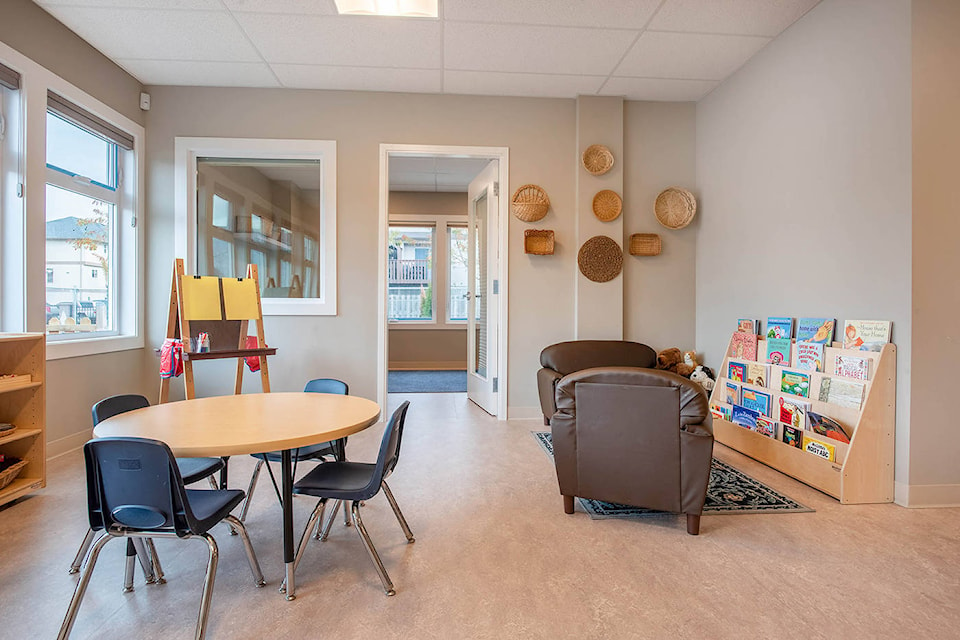A 10-month study of access to child care in Salmon Arm found, much like other communities, the city falls well below provincial targets.
The gap was largest for children ages six to 12. With a child population of 1,315 in that age group in the city, there are 215 licensed spaces as of 2019, creating an access rate of 16.9 – the number of children out of 100 who have access to spaces.
The province’s ideal target access rate is 80 per cent for that age.
Research was presented to city council by Jen Casorso, Community Well-Being Lead with consultant Urban Matters CCC. She mentioned that factors affecting the data weren’t included due to difficulty acquiring it, such as how many families use alternate forms of child care. They could range from a friend or grandparent providing care, children 10 to 12 years old staying home alone, or children participating in after-school activities.
As of March 2020, a total of 514 licensed or registered licensed-not-required child care spaces in the city were offered by 29 program locations.
In the zero to five age category, Salmon Arm has 915 children and 219 licenced spaces as of 2019, creating an access rate of 23.9.
The province’s ideal target rate is 30 for the young age group.
Based on population projections from BC Stats, Salmon Arm will need 347 licenced spaces in 2030 to increase the rate from 23.9 to the target of 30. It’s projected there will be 1,157 children by 2030, so roughly 13 new spaces per year over the next 10 years would be required.
Read more: Sicamous’ first licensed child care spaces prepare to open
Read more: New Shuswap licensed child-care spaces receive funding
Read more: B.C. boosts funding to help communities buy land for daycares
In the six to 12 category with a projected population of 1,715 in 10 years, to bring the access rate to 80, 1,372 licenced spaces would be required, or roughly 116 new spaces per year.
However, Casorso reiterated it’s hard to identify families who would prefer non-licenced child-care options.
Mayor Alan Harrison asked how Salmon Arm compares to other communities.
Casarso mentioned Central Okanagan communities, which she has completed studies for, and said none are hitting the target. However, Salmon Arm’s access rate for young children is higher.
The report makes many recommendations in five areas, which mayor and council will look over before bringing the report back to decide on a plan of action. One, for example, was that the city advocates to the Ministry of Children and Family Development, Ministry of Health, Interior Health and Okanagan College to make child-care space available at the location of any large public institution or government employer, such as at Shuswap Lake General Hospital or the Okanagan College Salmon Arm Campus.
The provincial government provided funding through the (UBCM) Union of BC Municipalities for communities to carry out child-care needs assessments and produce action plans so the province could better understand space requirements in B.C.
newsroom@saobserver.net
Like us on Facebook and follow us on Twitter
